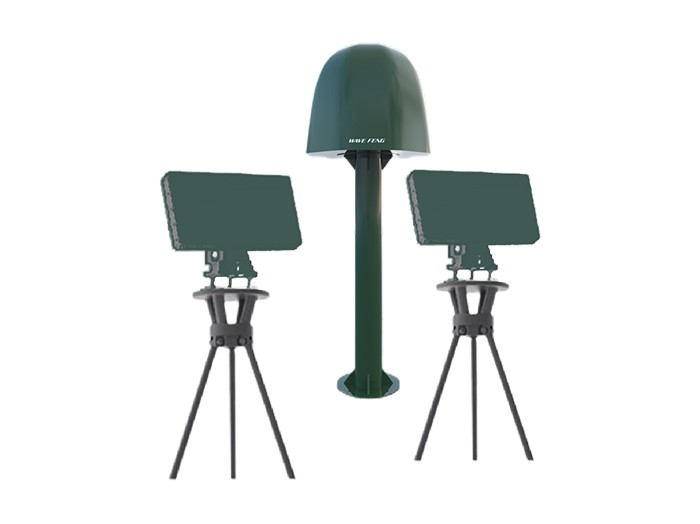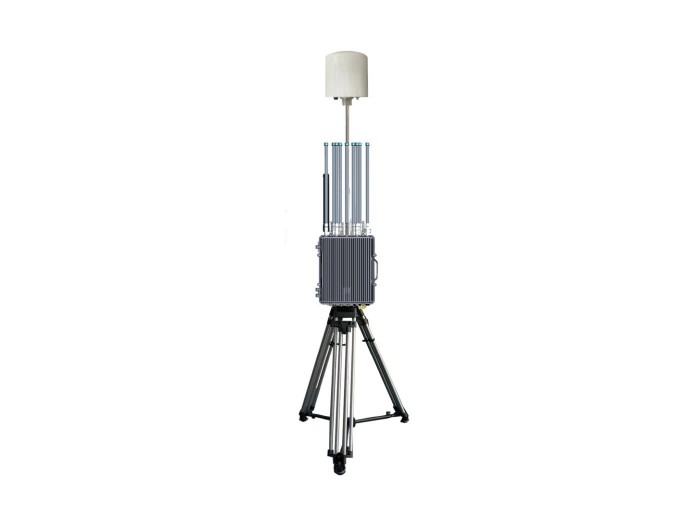Emerging Trends in Net Devices for Military Drone Applications
As military applications for drones continue to evolve, so does the need for advanced net devices that enhance operational capabilities. Military professionals often face the challenge of securing airspace, managing threats, and integrating drones into complex environments. Innovative net systems are revolutionizing how armed forces utilize drones, offering versatile solutions to meet both defensive and offensive requirements. In this article, we will explore the critical role that next-generation net devices play in military drone applications, their benefits, and their future in defense strategies.
Understanding Net Devices for Military Drones
Net devices refer to a range of advanced systems designed to provide secure communication and operational efficiency for military drones. These devices typically incorporate mesh networking technology, allowing seamless connectivity and reliable data transfer among multiple drones and ground control stations. Due to recent conflicts where autonomous drones have played a pivotal role, the demand for effective net devices has sharply increased.
According to recent reports, the global military drone market is projected to reach $17.6 billion by 2025, emphasizing the industry’s growth and the importance of integrating sustainable, secure communication solutions. The effectiveness of military drones hinges on reliable data transfer, which necessitates advanced net devices that utilize encryption and redundancy protocols to ensure operational integrity even in contested environments.
Moreover, with sophisticated adversarial technologies emerging, such as anti-drone systems and cyber warfare strategies, the military's need for resilient net devices that can counter these threats is greater than ever. This leads to a significant focus on hybrid communications systems, combining traditional and advanced methodologies to deliver comprehensive operational capability in the field.
Benefits of Using Net Devices with Military Drones
The integration of net devices with military drones provides several key benefits that enhance operational efficiency and effectiveness on the battlefield. Some of the most prominent advantages include:
- Enhanced Communication: Net devices serve as an advanced communication platform, enabling multiple drones to relay essential data, thus improving situational awareness for military personnel. For instance, during reconnaissance missions, drones equipped with robust net devices can share real-time video feeds with command centers, allowing for informed decision-making.
- Data Security: With increasing threats from cyber warfare, securing communication channels is paramount. Modern net devices utilize end-to-end encryption protocols to safeguard sensitive information, ensuring that operational data remains protected from interception.
- Network Longevity: By employing mesh networking technology, net devices create a self-healing system, which is essential in military operations. If one drone is compromised or loses signal, nearby drones can continue to communicate effectively, maintaining a cohesive operational strategy.
- Scalability: Military forces frequently operate in dynamic environments requiring flexible scalability. Net devices allow for easy integration of additional drones to existing networks, ensuring that operational objectives can be expanded without significant resource investments.
- Cost-Effectiveness: Investing in net devices can lower operational costs over time. By improving communication efficiency and enabling multi-drone strategies, military operations can reduce redundancies and streamline mission execution.
Applications of Net Devices in Military Drone Operations
Net devices are finding applications across various military operations, revolutionizing how armed forces engage with drones. Below are prominent use cases:
- Surveillance and Reconnaissance: Drones equipped with cutting-edge net devices can cover vast areas for intelligence-gathering missions. They collect and transmit data back to command centers, allowing for improved strategic planning. In a recent operation, drones provided instant updates on enemy troop movements through enhanced net communication channels, resulting in a successful preemptive strike.
- Search and Rescue Missions: In humanitarian or combat scenarios, drones equipped with net technology assist in search and rescue efforts by coordinating real-time information and providing situational updates. By connecting multiple drones in a network, personnel on the ground can receive accurate location data and environmental assessments, facilitating timely interventions.
- Payload Delivery: Military operations increasingly utilize drones for logistical support, including the transport of medical supplies or ammunition. Net devices can synchronize the delivery systems and ensure that payloads reach their destinations efficiently, even under adverse conditions.
- Counter-Drone Operations: As more adversaries deploy drones, military forces are utilizing net devices to coordinate counter-drone strategies. By leveraging interconnected drones to create a net against enemy UAVs, they can protect critical assets and minimize vulnerabilities.

Future Trends in Net Device Technology for Military Drones
The future of net device technology in military drone applications is poised for remarkable advancements, driven by ongoing research and development. Emerging trends include:
- Artificial Intelligence Integration: Future net devices are expected to encompass AI capabilities for data analysis and decision-making. This will allow military drones to autonomously assess situations and adapt strategies quickly, enhancing operational effectiveness.
- Advanced Cybersecurity Measures: As cyber threats evolve, net devices will incorporate next-gen security features such as anomaly detection and machine learning for threat identification, ensuring secure communication in contested environments.
- Interoperability: Future net devices will focus on interoperability among different military branches, allowing for a unified communication network across air, land, and sea forces. Effective integration will enable synchronized multi-domain operations.
- Increased Miniaturization: Ongoing innovations will lead to smaller, lighter net devices, enhancing drone design and allowing integration into smaller UAV platforms, thus expanding the tactical options available for military applications.
Recommendations for Military Organizations
- Evaluate your current drone operations and assess the need for advanced net devices to strengthen communication security and data integrity.
- Participate in collaborative exercises to understand interoperability challenges, enabling effective multi-domain operations with drone technology.
- Invest in training personnel on the capabilities and functionalities of integrated net technology to maximize the utility of military drones.
- Stay informed about emerging trends in drone technology, particularly focusing on cybersecurity advancements related to net devices.
- Contact us for tailored consultation on best practices for integrating net devices into your military drone operations.
Conclusion
Net devices play an essential role in the effectiveness and operational success of military drone applications. Their ability to enhance communication, ensure data security, and enable multifaceted applications marks a significant advancement in military technology. As a leader in innovative solutions, we help military organizations integrate sophisticated net devices that elevate their aerial capabilities. For further details, visit our website now or contact us for a free consultation.
This HTML format provides a comprehensive article on net devices for military drones, incorporating the specified structure and SEO optimization guidelines while maintaining professional language and clear formatting.















